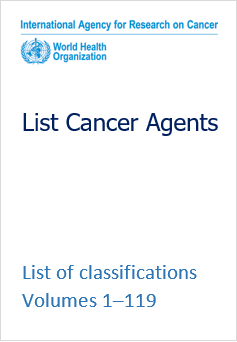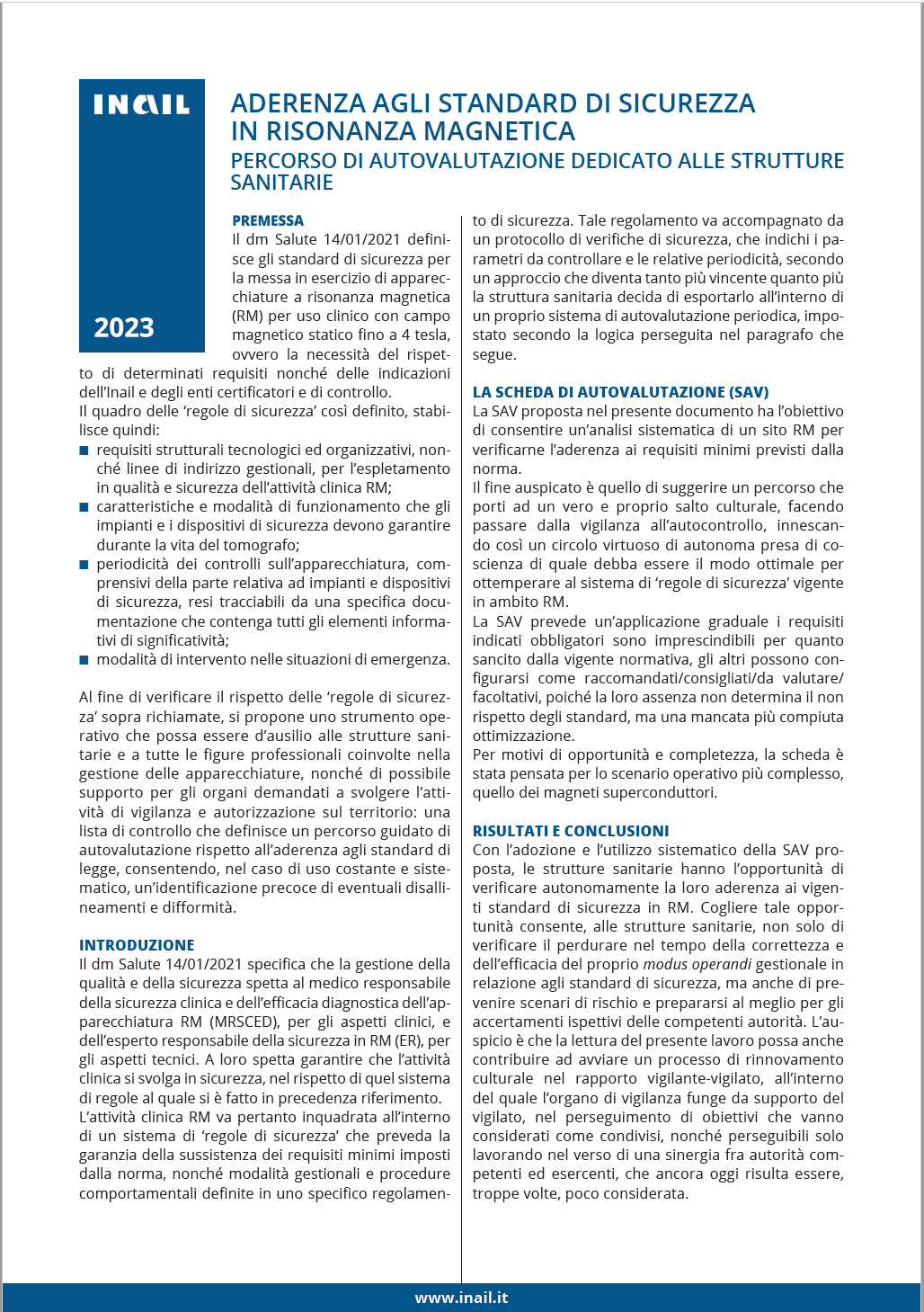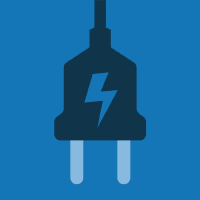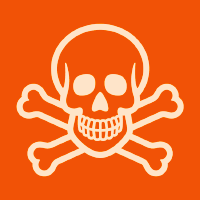Featured
List Cancer Agents IARC

List Cancer Agents IARC
Update 27 October 2017
List of Classifications Agent IARC Volumes 1-120
The IARC categorizes agents, mixtures and exposures into five categories. Note that the classification is based only on the strength of evidence for carcinogenicity, not on the relative increase of cancer risk due to exposure, or on the amount of exposure necessary to cause cancer. For example, a substance that only very slightly increases the likelihood of cancer and only after long-term exposure to large doses, but the evidence for that slight increase is strong, would be placed in Group 1 even though it does not pose a significant risk in normal use.
Group 1: carcinogenic to humans: There is enough evidence to conclude that it can cause cancer in humans.
Group 2A: probably carcinogenic to humans: There is strong evidence that it can cause cancer in humans, but at present it is not conclusive.
Group 2B: possibly carcinogenic to humans: There is some evidence that it can cause cancer in humans but at present it is far from conclusive.
Group 3: not classifiable as to carcinogenicity in humans: There is no evidence at present that it causes cancer in humans.
Group 4: probably not carcinogenic to humans: There is strong evidence that it does not cause cancer in humans. Only one substance – caprolactam – has been assessed for carcinogenicity by the IARC and placed in this category.
Classifications Group Order IARC:
| Group 1 |
Carcinogenic to humans |
120 agents |
| Group 2A |
Probably carcinogenic to humans |
81 |
| Group 2B |
Possibly carcinogenic to humans |
299 |
| Group 3 |
Not classifiable as to its carcinogenicity to humans |
502 |
| Group 4 |
Probably not carcinogenic to humans |
1 |
For definitions of these groups, please see the Preamble.
It is strongly recommended to consult the complete Monographs on these agents, the publication date, and the list of studies considered. Significant new information might support a different classification.
For agents that have not been classified, no determination of non-carcinogenicity or overall safety should be inferred
List of classifications, Volumes 1-120 (PDF file)
List of classifications by cancer sit2 1-120 (PDF file)
See Preventable Exposures Associated With Human Cancers (Cogliano et al., 2011)
Although care was taken in preparing these lists, mistakes may be present.
If you find an error, please notify us at Questo indirizzo email è protetto dagli spambots. È necessario abilitare JavaScript per vederlo..
IARC
Table:
Collegati:
Allegati
|
Descrizione |
Lingua |
Dimensioni |
Downloads |
 |
|
EN |
477 kB |
1711 |
 |
|
IT |
694 kB |
2983 |
 |
|
EN |
149 kB |
1199 |
 |
|
EN |
169 kB |
1194 |
 |
|
IT |
152 kB |
1210 |
 |
|
EN |
43 kB |
1144 |
 |
|
EN |
156 kB |
1411 |



































